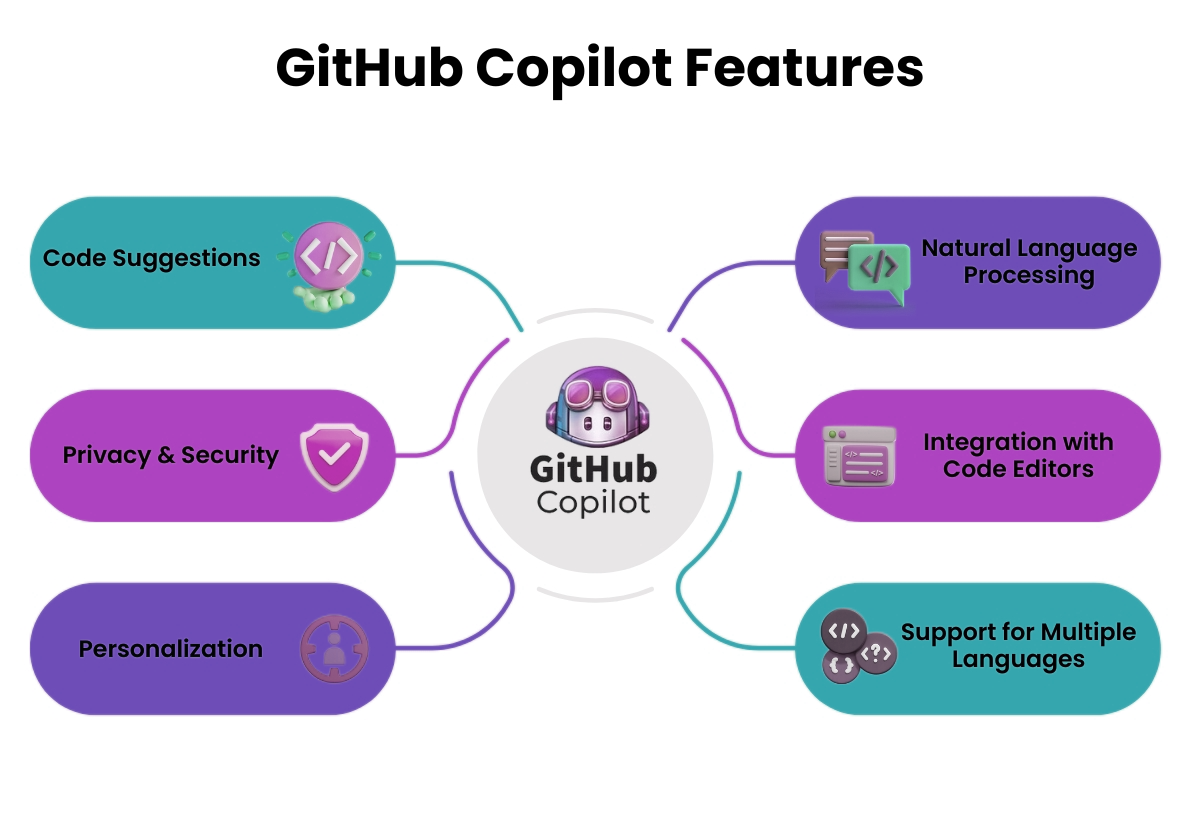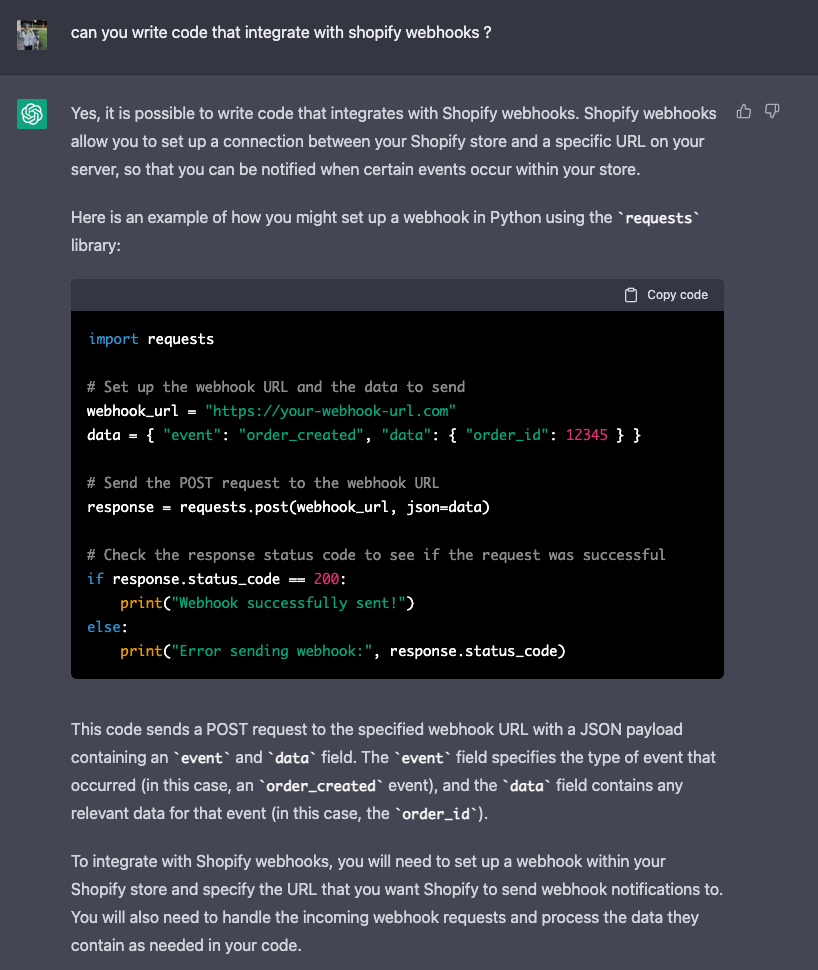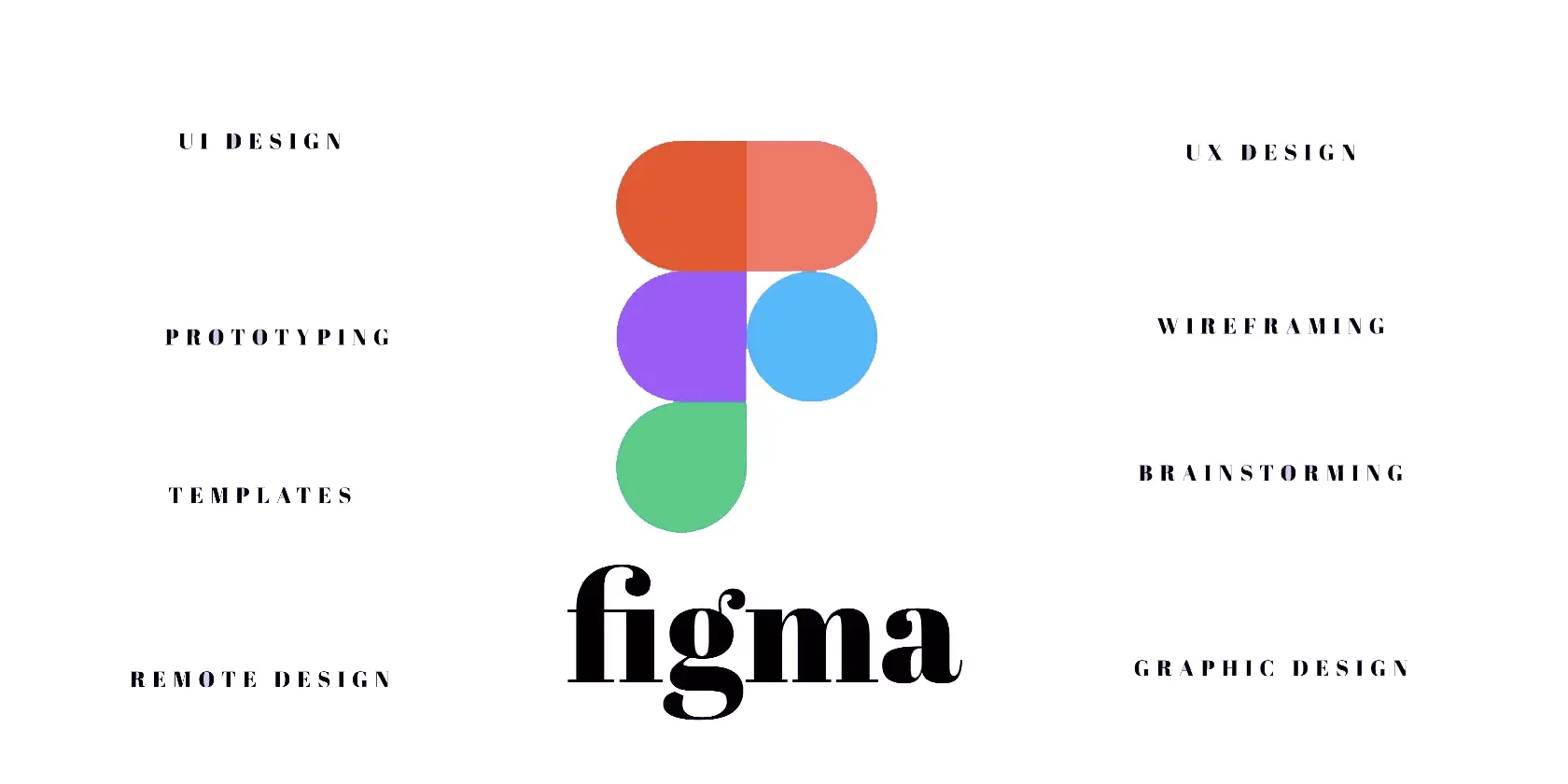Web Development Trends: Top 10 Innovations for 2025
Ready to dominate 2025? Discover the top Web Development Trends reshaping AI, blockchain, and UX. Stay ahead—learn now!
Top 10 Web Development Trends for 2025
1. AI-Driven Development Tools
What is AI’s Role in Web Development?
AI (short for Artificial Intelligence) is like a super helper for developers. It writes code, finds bugs, and even helps design websites. Imagine having a robot teammate who never sleeps—pretty cool, right?
With AI-powered tools, you don’t need to know every line of code. The AI can suggest what to write, fix errors, and even improve how your site looks and works.
Benefits for Developers
-
Faster Workflows: AI writes code quickly, saving time.
-
Fewer Errors: It spots mistakes before they become problems.
-
Personalized UX: AI helps create user experiences based on what visitors like.
Tools to Try in 2025
-
GitHub Copilot – Suggests code while you type.

-
ChatGPT for Code – Ask it questions, and it helps solve problems.

-
Figma AI Plugins – Makes designing web pages fast and smart.

2. Blockchain-Powered Security
How Blockchain Enhances Security
Blockchain sounds complicated, but it’s actually simple at heart. It’s like a digital notebook that nobody can change or erase. That’s why it’s great for keeping data safe.
Use Cases for Web Development
-
Payment Gateways – Keep online payments secure.
-
Authentication – Make sure users are who they say they are.
Top Blockchain Platforms
A. Blockchain Platforms for Decentralized Websites
– Ethereum
- Use Case: Host decentralized apps (dApps) with smart contracts for automated, trustless transactions.
- Security Features: Immutable code execution, cryptographic hashing, and decentralized consensus.
- Tools: Frameworks like Truffle or Hardhat for secure smart contract development.
- Hosting: Pair with decentralized storage (e.g., IPFS) to avoid centralized server vulnerabilities.
– Hyperledger Fabric
- Use Case: Enterprise-grade private blockchains for permissioned networks (e.g., supply chain, healthcare).
- Security Features: Role-based access control, modular architecture, and private transactions.
- Trust: Ideal for consortiums requiring auditable, tamper-proof records.
– IPFS (InterPlanetary File System) + Filecoin
- Use Case: Decentralized website hosting.
- Security: Content-addressed storage (files are hashed and distributed across nodes).
- Benefits: Resistant to censorship, DDoS attacks, and single-point failures.
– Arweave
- Use Case: Permanent, uncensorable web hosting (“permaweb”).
- Security: Data is stored indefinitely on a decentralized network with cryptographic proof of ownership.
B. Blockchain Tools for Security & Trust
– Smart Contracts
- Automate processes (e.g., payments, access control) without intermediaries.
- Platforms: Ethereum, Solana, Polkadot, or Algorand for high-speed, low-cost transactions.
- Audit Tools: Use OpenZeppelin Defender or CertiK to audit contract security.
– Decentralized Identity (DID)
- Use Case: User authentication without centralized databases.
- Tools:
- Microsoft ION (Bitcoin-based DID network).
- Civic for reusable KYC/AML verification.
- uPort (Ethereum-based identity management).
– Oracles
- Securely connect blockchain apps to real-world data.
- Examples: Chainlink (decentralized oracles with tamper-proof data feeds).
– Zero-Knowledge Proofs (ZKPs)
- Verify data without revealing sensitive details (e.g., age verification without disclosing birthdates).
-
Tools: zk-SNARKs (Zcash) or StarkWare (Ethereum scaling).
C. Blockchain Use Cases for Trustworthy Websites
-
Decentralized Social Media
- Platforms like Mastodon (federated) or Steemit (blockchain-based) reduce reliance on centralized servers.
- Supply Chain Transparency
- Track product origins using blockchain (e.g., VeChain or IBM’s Food Trust).
- NFT Authentication
- Verify ownership of digital assets (art, tickets) via Ethereum or Flow blockchain.
- DAO (Decentralized Autonomous Organization) Websites
- Host governance and voting systems on platforms like Aragon or DAOhaus.
- Uncensorable Content
- Host blogs or news platforms on IPFS or Arweave to avoid takedowns.
D. Integration with Traditional Web Platforms
- WordPress + Blockchain: Plugins like MyCryptoCheckout (crypto payments) or Moralis for blockchain data integration.
- Shopify: Apps like Coinbase Commerce or BitPay to accept crypto payments securely.
- React/Node.js Apps: Use SDKs like Web3.js or Ethers.js to interact with blockchains.
E. Security Best Practices for Blockchain Websites
- Smart Contract Audits: Avoid exploits by auditing code with firms like Quantstamp or ConsenSys Diligence.
- Private Key Management: Use hardware wallets (e.g., Ledger) or MPC (multi-party computation) solutions like Fireblocks.
- Layer-2 Scaling: Reduce costs and attack surfaces using Polygon (Ethereum) or Optimism.
- Data Encryption: Pair blockchain with encryption tools like IPFS + AES-256 for sensitive data.
- Regulatory Compliance: Ensure adherence to GDPR, CCPA, or industry-specific rules (e.g., HIPAA for healthcare).
Challenges to Consider
- Scalability: Public blockchains (e.g., Ethereum) can face high fees and slow speeds during congestion.
- User Experience: Managing wallets (e.g., MetaMask) may confuse non-technical users.
- Regulatory Uncertainty: Laws around crypto and decentralized apps vary globally.
All these platforms help you build safe and trustworthy websites.
3. Progressive Web Apps (PWAs)
Why PWAs Dominate 2025 ?
PWAs are websites that act like apps on your phone. They work fast, even when you’re offline! And Google loves them—which helps your site show up in search results.
Key Features to Implement
-
Push Notifications – Stay in touch with users.
-
Service Workers – Help the app work offline.
-
Responsive Design – Looks good on phones, tablets, and desktops.
Success Stories
-
Spotify
-
Starbucks
-
Pinterest
These big brands use PWAs—and now you can too!
4. Voice Search Optimization
The Rise of Voice-Activated Interfaces
“Hey Siri, find me a new coffee shop.” Sound familiar? Voice search is everywhere! That means your website should be ready for how people talk, not just how they type.
SEO Strategies for Voice
-
Use long-tail keywords (like “best pizza near me”).
-
Write in a conversational tone.
-
Add schema markup to help search engines understand your content.
Tools for Voice Optimization
-
Google Assistant SDK
-
Amazon Alexa Skills Kit
These tools help your site talk back!
5. Serverless Architecture
What Makes Serverless Revolutionary?
Traditional websites need servers to run. But with serverless technology, the cloud handles all the hard work. That means you can launch faster and pay less.
Best Use Cases
-
IoT (Internet of Things) apps
-
Microservices
-
APIs
Leading Providers
-
AWS Lambda
-
Google Cloud Functions
-
Azure Serverless
These services keep your site fast and scalable.
6. Motion UI and Micro-Interactions
Why Motion UI Matters in 2025
Motion makes your website feel alive! Little movements—like a button wiggling or a menu sliding—help guide visitors and make your site more fun to use.
Tools to Create Dynamic Interfaces
-
Framer Motion
-
Lottie
-
CSS animation libraries
Examples of Effective Motion Design
-
Loading animations – Keep users entertained while waiting.
-
Hover effects – Show interactivity.
-
Scroll animations – Make reading feel like a journey.
7. WebAssembly (Wasm)
How WebAssembly Boosts Performance
WebAssembly makes websites run really fast—almost like a desktop app. It’s perfect for heavy tools like video editors or games that run right in your browser.
Languages Compatible with Wasm
-
Rust
-
C++
-
Go
You don’t need to learn these, but developers can use them to build smooth, high-performance web apps.
Real-World Applications
-
Figma
-
AutoCAD Web
These powerful apps use WebAssembly to run in your browser, fast and smooth.
8. Low-Code/No-Code Platforms
Democratizing Web Development
Can’t code? No problem! Low-code and no-code tools help anyone build websites with simple drag-and-drop editors.
Top Platforms for 2025
-
Webflow
-
Bubble
-
Adalo
These platforms are perfect for solo entrepreneurs and small businesses.
Limitations to Consider
-
Scalability – Might not handle big traffic well.
-
Customization – Limited design or functionality choices.
But for most users? They’re more than enough to get started.
9. Cybersecurity Integration
Why Security is a 2025 Priority ?
With more hackers and stricter laws, keeping your site safe is more important than ever. Good security builds trust and keeps data safe.
Must-Have Security Practices
-
Encryption – Scrambles data so others can’t read it.
-
Penetration Testing – Find weak spots before hackers do.
-
Zero-Trust Architecture – Trust nothing until it’s verified.
Tools to Safeguard Your Site
-
Sucuri
-
Cloudflare
-
Let’s Encrypt
These tools are like bodyguards for your website.
10. Green Web Development
The Push for Sustainable Coding
Green coding helps the planet! Today’s websites can be energy-hungry, but making them “eco-friendly” helps cut carbon emissions.
How to Adopt Eco-Friendly Practices
-
Green Hosting – Use servers that run on clean energy.
-
Lazy Loading – Load images only when needed.
-
Minimalistic Design – Clean, simple layouts use less data.
Platforms Leading the Change
-
GreenGeeks
-
Kinsta
-
Google’s Carbon-Free Energy Program
Small changes = big environmental impact.
Conclusion: What Will You Try First?
Web development in 2025 is full of new tools and exciting ideas. From AI helpers to voice search to eco-friendly websites, there’s something for everyone—even if you’re just getting started.
So, what’s your next move?
Try one or two of these web development trends today:
-
Use an AI tool like ChatGPT to help build your site.
-
Try a no-code platform like Webflow to design your first page.
-
Add voice search-friendly content to your homepage.
No matter where you are in your journey, the web is getting smarter—and you can be part of it.
👉 Need help building a modern website? Let’s connect and bring your ideas to life!
